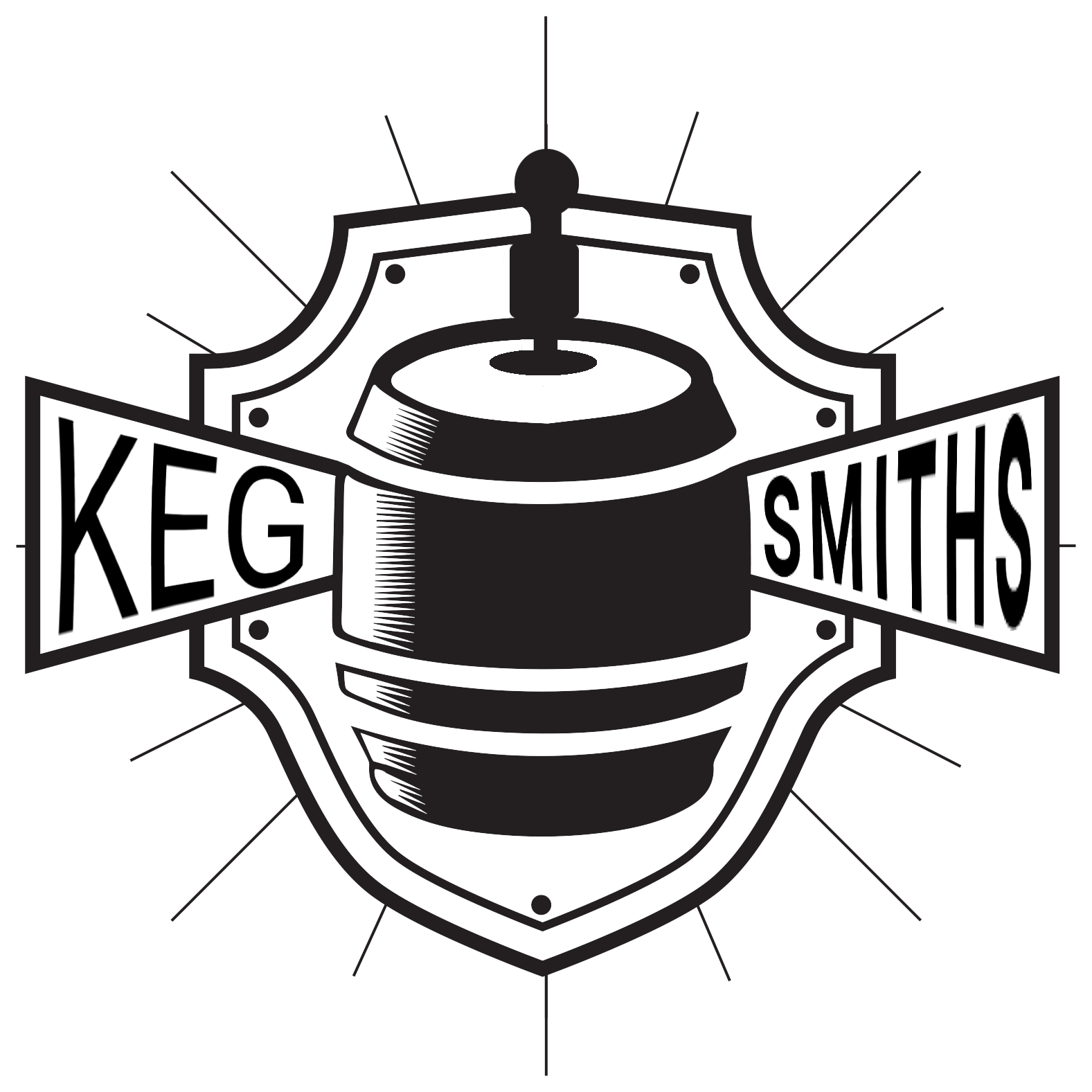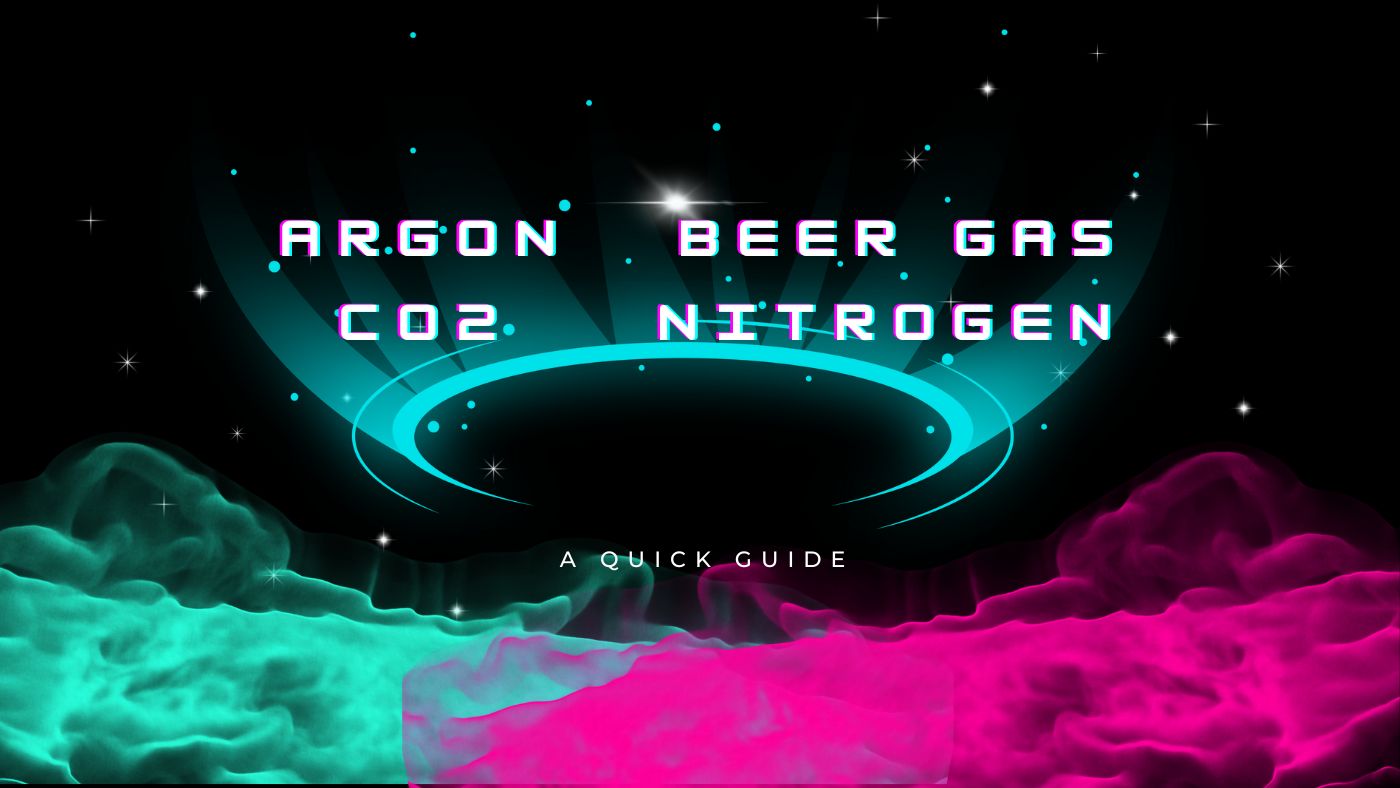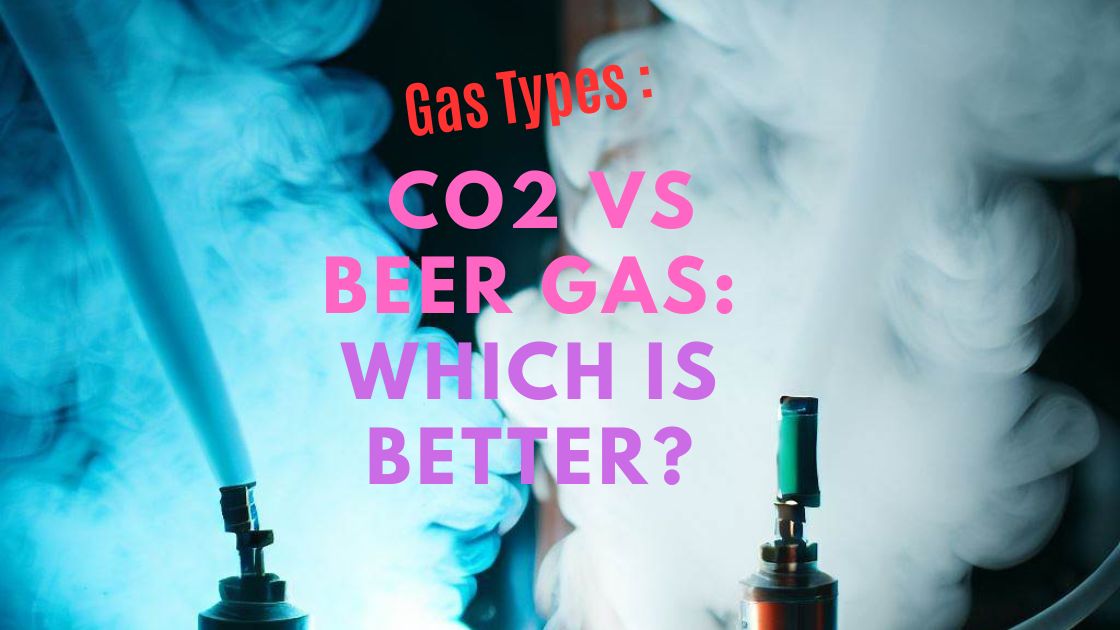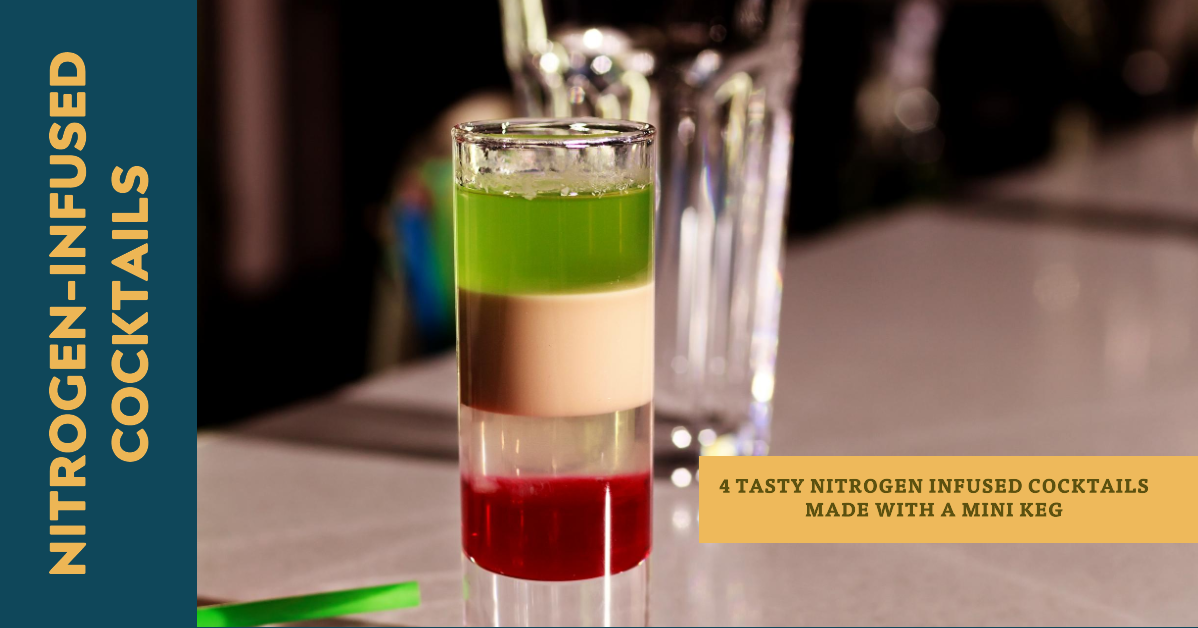In the context of beer serving and preservation, different gases have different uses and effects on the beverage. Here's a comparison of Beer Gas, Nitrogen Gas, CO2, and Argon:
Beer Gas: This is typically a blend of nitrogen (N2) and carbon dioxide (CO2). The most common ratio is 75% nitrogen and 25% CO2. This blend is used primarily for "nitro" beers, such as stouts and ales, which have a creamy mouthfeel and less carbonation. The nitrogen helps to push the beer out of the keg without over-carbonating it, and it also creates a cascading effect when poured, resulting in a thick, creamy head.
Nitrogen Gas (N2): Pure nitrogen is less soluble in beer than CO2. This means that it doesn't dissolve into the beer to create carbonation; instead, it's mainly used to push beer out of the keg while maintaining the existing carbonation level. Nitrogen is typically used with beers that are intended to be less carbonated and smoother, such as stouts or nitro cold brew coffee.
Carbon Dioxide (CO2): CO2 is primarily used in most draught beer systems because it dissolves into beer and creates carbonation. This is what gives beer its effervescence and a part of its mouthfeel. However, using too much CO2 (especially in serving) can over-carbonate the beer and may change its flavor.
Argon: Argon is not typically used in beer serving or preservation. However, in the context of wine preservation, argon is used because it's heavier than air and it doesn't react with the wine. This creates a protective layer that prevents oxygen from coming into contact with the wine and spoiling it. For beer, CO2 or a blend of CO2 and nitrogen are typically more appropriate.
To sum up, the choice of gas depends on the type of beer, the serving method, and the desired mouthfeel and flavor profile. In some cases, a blend of gases may be used to achieve the perfect balance. However, beer gas (a blend of nitrogen and CO2) is typically used for beers that should have a creamy mouthfeel, CO2 for more traditionally carbonated beers, and nitrogen for certain specialty beers. Argon, while not typically used in beer serving, has its place in wine preservation.
F.AQ
1. Q: What type of gas should I use for my home beer keg system?
A: It depends on the type of beer you plan to serve. Most beers are carbonated with CO2, so for a home draught system, you would likely want to use CO2. However, if you are serving a stout or other type of beer that benefits from a creamier, less fizzy texture, you may want to use beer gas, a blend of nitrogen and CO2.
2. Q: Can I use argon in my beer keg system?
A: Argon is not typically used in beer keg systems because it does not dissolve into beer to create carbonation. It's often used in wine preservation due to its ability to create a protective layer over the wine, preventing oxidation. For beer serving and preservation, CO2 or a blend of CO2 and nitrogen are more appropriate.
3. Q: Why does nitrogen create a creamy texture in beer?
A: Nitrogen creates a creamy texture in beer because it is less soluble than CO2. This means when beer is dispensed with nitrogen, it forms smaller, denser bubbles than CO2. This results in a smoother, creamier mouthfeel and less overall carbonation.
4. Q: Can overuse of CO2 change the flavor of the beer?
A: Yes, using too much CO2 can over-carbonate the beer, which can lead to a sharper taste and can potentially change the intended flavor profile of the beer. It can also make the beer feel more fizzy or prickly on the tongue.
5. Q: Can I switch between different gases in my beer keg system?
A: Yes, but it's not as simple as just plugging in a different gas tank. The pressure settings and type of equipment used may vary depending on the gas and beer type. You would need to thoroughly purge the system of the old gas before switching to a new one to avoid mixing gases. Moreover, remember that the type of beer you are serving should dictate the gas you use.




Leave a comment
This site is protected by hCaptcha and the hCaptcha Privacy Policy and Terms of Service apply.